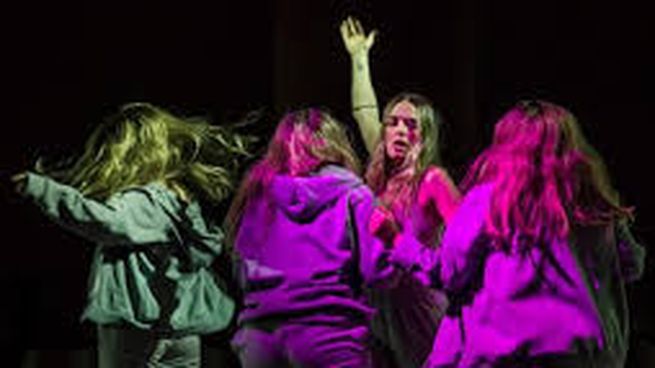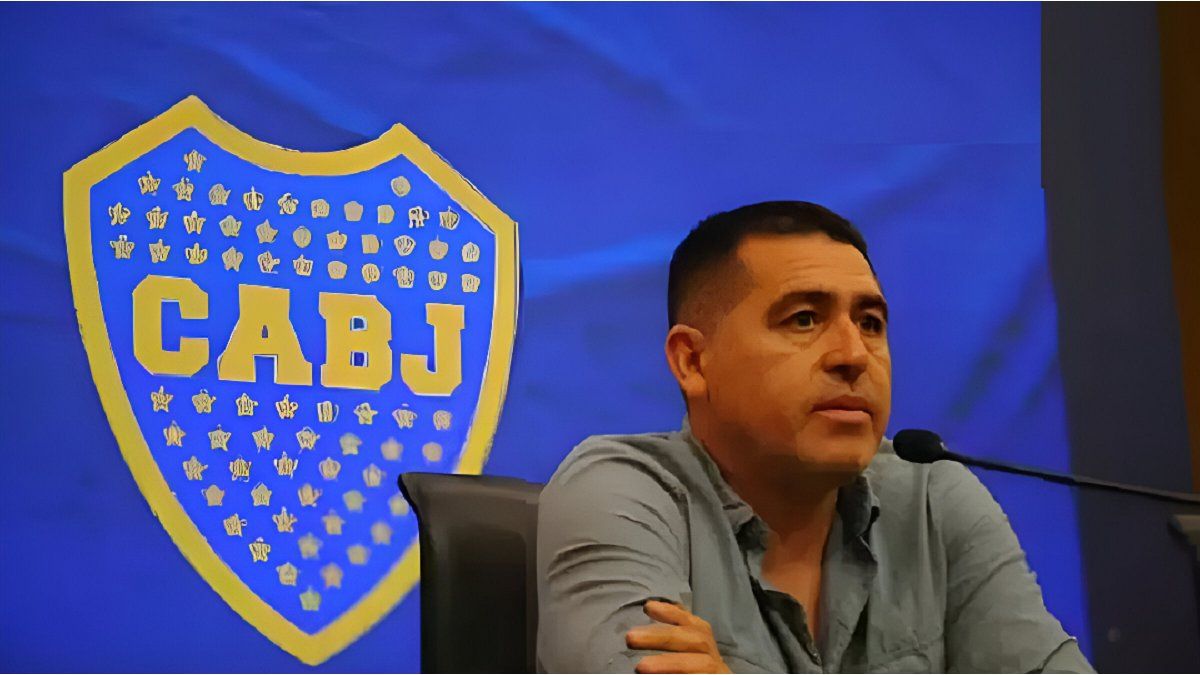“People, places & things”; On a woman in rehabilitation, “the wonderful things”, about a daughter who suffers from the depression and suicide of her mother; “A crazy Christmas” that, despite being a hilarious comedy presents a character with paranoid psychosis; “Druk”, about alcoholism and before “the dark house” or “almost normal.”
It is often said that the public goes to the theater to entertain and not think tooWhy are entries works that hit issues such as depression, anxiety disorder, suicide, drugs and rehabilitation, at the same time seek to leave a hopeful message?
The content you want to access is exclusive to subscribers.
Some works that touch these topics and seem to bewitch the spectators converge in poster. As well as furor series like “I add up” or before “Not one more” either “Euphoria”, Among so many others, in theater they work wonders and multilly seasons works such as “People, places & things”, About a woman in rehabilitation, “The wonderful things”, about a daughter who suffers from the depression and suicide of her mother or “A shit Christmas” That, despite being a hilarious comedy not to stop laughing, presents a character with paranoid psychosis. In “Druk” Alcoholism is addressed from humor, although it begins as a game but the tragedy disappoints; in “The dark house” Mariela Asensioand Maruja Bustamante Medical and psychiatric diagnoses and diagnostics orils touched; in “Almost normal” That he presented with resounding success for several seasons, everything revolved around a family whose mother suffered personality disorders and faced the pills and psychiatrists. Already from “Crave”, of Sarah Kanethe rain of pills was the only possible result to an unbearable existence.


“People, places & things” and “The wonderful things”, They were written by Duncan Macmillan, Perhaps that is the reason why they look like a diptych: both show creatures crossed by a world that hurts them, show an unbearable existence, stalked by depression and desperate escape search. That is the germ of the characters of the characters in both and immerse the viewer in a tunnel of anguish and questions.
Things

Natalie Pérez in “Wonderful Things”, which offers its last functions before another new actor arrives to represent her.
In the first Otero flower embodies an addict to alcohol and drugs as long as the second presents a daughter (Natie Párez But many actors and actresses passed and will continue with other new protagonists) who tells how he spent his life trying to deal with repeated attempts to suck his mother.
The “People, places & things” of the title are what you should not return to if it leads to consume, and we see the help group at the rehabilitation center trying it. In “Wonderful things” Different moments are built in the life of this daughter, from childhood to adulthood.
In both the setting is modern and novel, with a public sitting on the stage, perhaps looking for a double identificationnot only to wait in a character of the work but at the same time in the spectators located and crossed by what is represented. In “People, places & things” They use a scenographic device that surrounds the characters on an image screen, building hallucinations, dreams, spaces, delirium and dread when crossing withdrawal syndrome. As in “Wonderful things” There is no scenography, only specific objects and appeals to the participation of the spectators who are called to read part of that list of wonderful things that it is worth living. They are also invited to play key characters of the work.
In both, fragile mothers capable of ruining the psyche of those daughters to whom psychoanalysis would embrace the germ of pain. It is also evidenced that there is revenge when they finally get over pain.
To mitigate that pessimistic vision that pushes as a passable life, there is humor and there is a permanent invitation to pursue happiness. In “People, places & things” Surprise a cathartic and rewarding moment with party and DJ that proposes to the public to take the stage to dance in that trance, while in “Wonderful things” The small great things and immaterial moments are reiterated so that the public comes out with a smile, despite the disturbing of the story you have just seen.
People & Things. Author: D. Macmillan. Dir.: J. Panno. Int.: Flor Otero. The rest of the cast is made up of Carlos Kaspar, Nelson Rueda, Estela Garelli, Diana Santini, Santiago Racca, Sara Cordoba, Estefanía D’Anna, Roco Sáenz, María Latzina and Fiore Provenzano. Astral Theater, Tuesday 8pm.
The wonderful things. Author: D. Macmillan. Dir.: Mey Scapola. Int.: Natalie Pérez. Multiteatro, Friday 22.30 hs., Saturday and Sunday 16 hours.
Source: Ambito
I am an author and journalist who has worked in the entertainment industry for over a decade. I currently work as a news editor at a major news website, and my focus is on covering the latest trends in entertainment. I also write occasional pieces for other outlets, and have authored two books about the entertainment industry.




